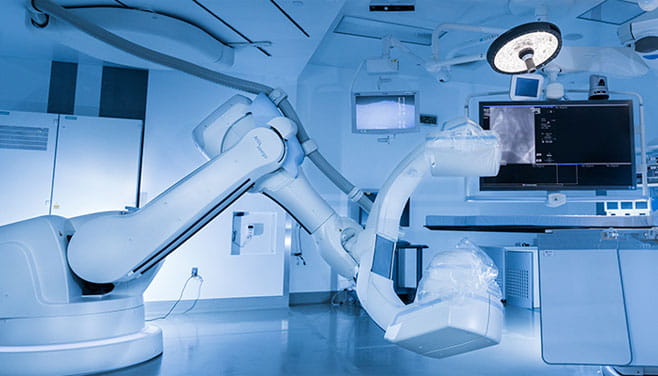Marfan Syndrome
U.S. PATIENTS:713.790.3333
Find a Heart Specialist
Marfan syndrome is a genetic disorder that results in abnormal growth of connective tissue, which can lead to a number of serious or life-threatening cardiac defects. Two different structures in the heart are most commonly affected by Marfan syndrome — your aorta and your heart’s valves.
Unfortunately, there’s no cure for Marfan syndrome. When this disorder is detected early, however, there are a variety of treatments that can help delay or alleviate complications.
Our Approach to Treating Marfan Syndrome
Our cardiac experts are committed to caring for patients with Marfan syndrome through regular monitoring and continuous management of serious cardiac complications.
If surgery is needed to treat your condition, our specialists have extensive expertise in aortic repair surgery and heart valve surgery — leveraging the latest tools and technology.
In addition, because Marfan syndrome can affect a wide range of organs in the body, we work together as a multidisciplinary team of physicians to ensure you receive the best overall care you need.
How Does Marfan Syndrome Affect the Heart?

Our Aortic Program provides people with Marfan syndrome the most advanced heart care available. Our unique combination of unparalleled expertise and advanced technology allows us to offer you a treatment program tailored to your unique needs.
